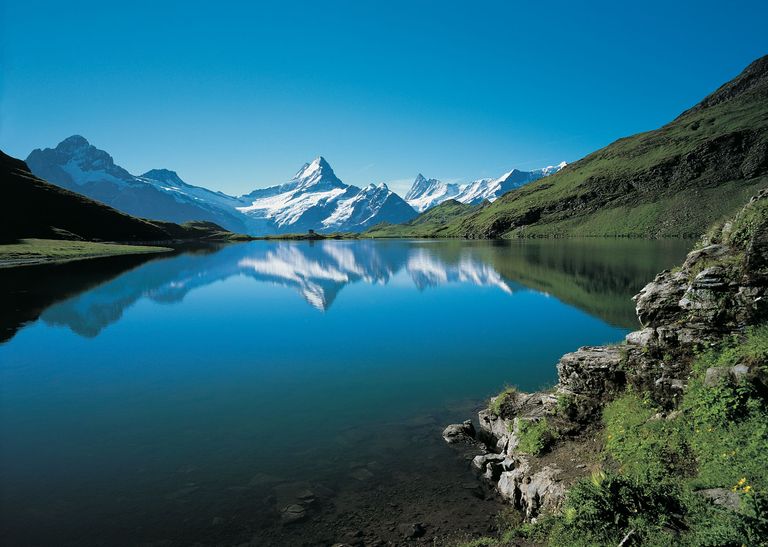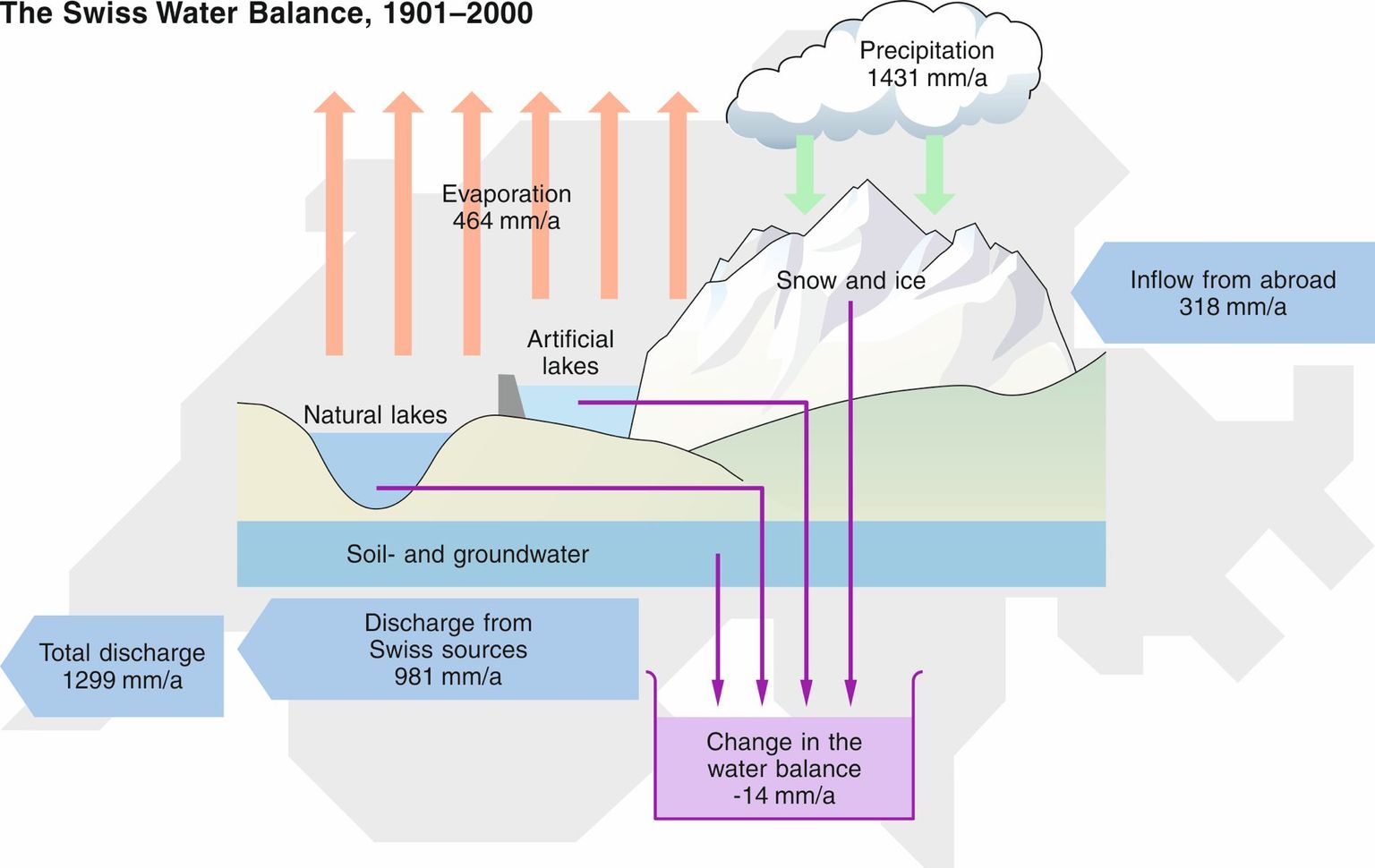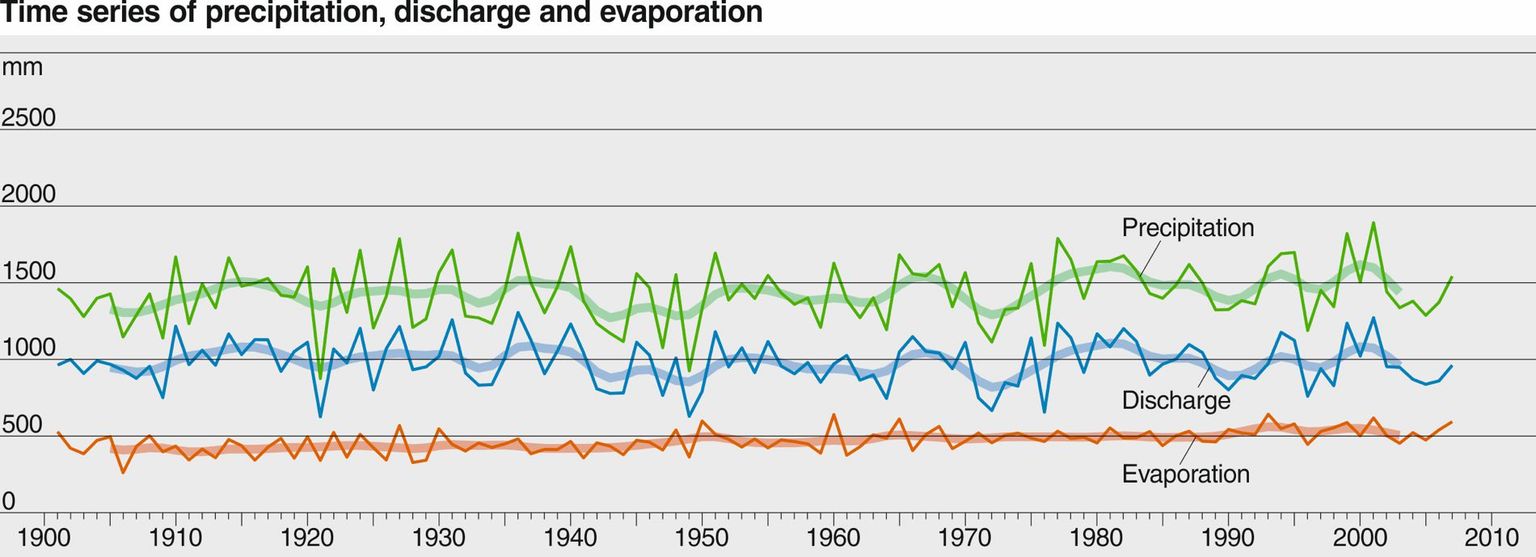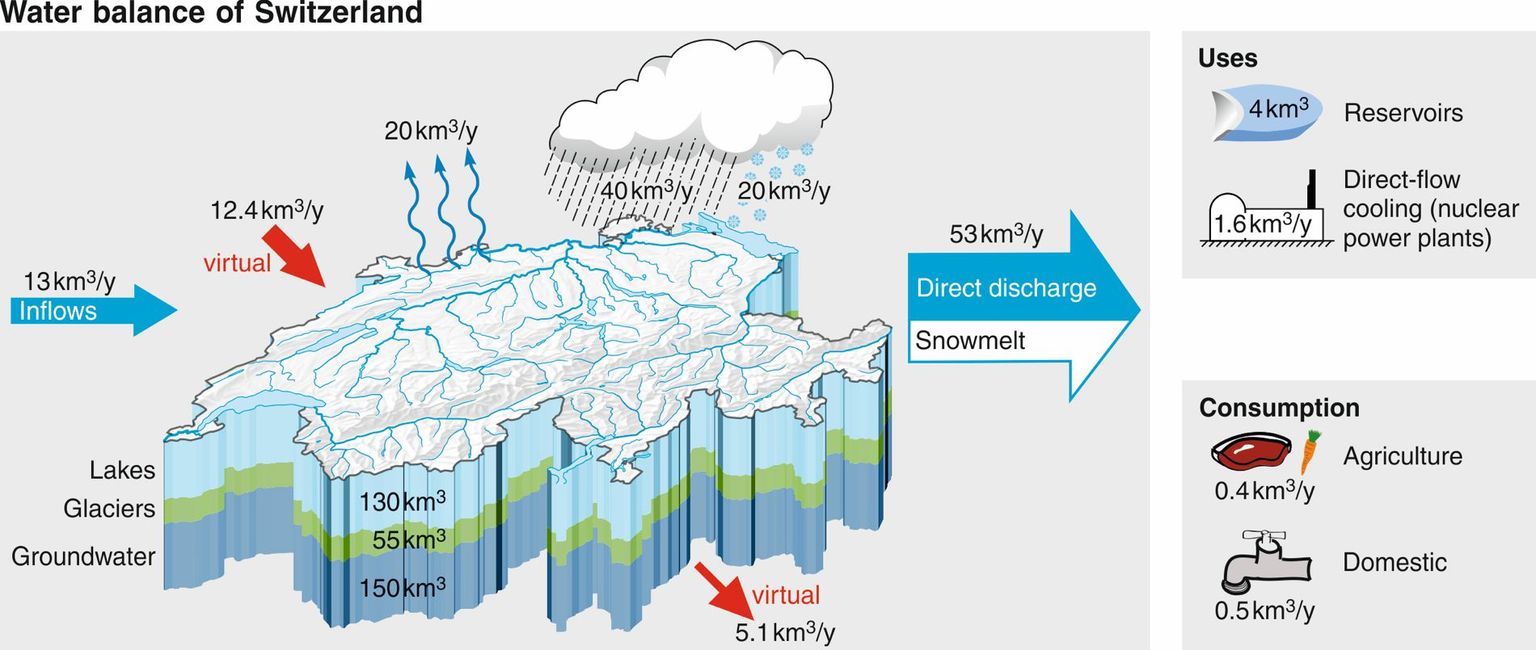Events, News, Publications

Call for Abstract: International pond conference 2024
PONDERFUL and the European Pond Conservation Network invite to submit a proposal to give a presentation or share a poster at their free international online conference from the 12 to 13 November 2024. This two-day online event will bring together freshwater scientists, practitioners and policymakers from around the world. Their aim is to share the latest research, practical and political knowledge on the importance of ponds as nature-based solutions for climate change adaptation. Deadline: 19th July 2024.
Image: Ponderful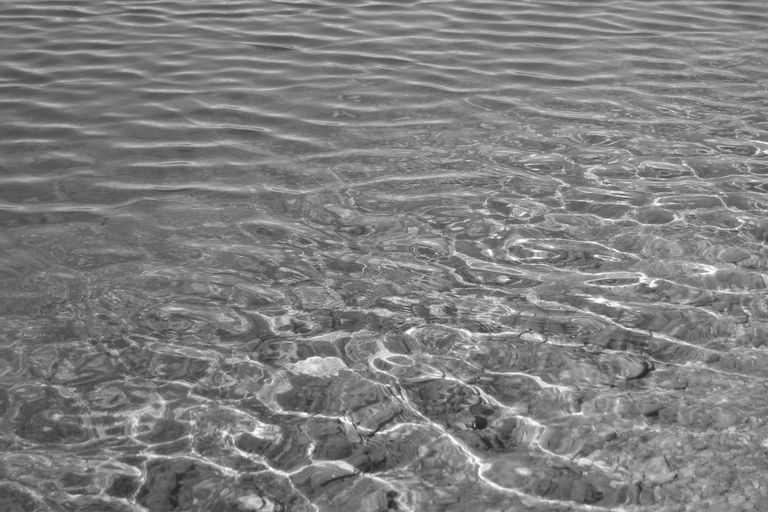
European Partnership Water4All: Call to set out water topics for which research and innovation activities are recommended
The European Partnership Water4All just launched a public consultation to set out water topics for which research and innovation activities are recommended. Topics are grouped into different key themes related to the value of water and circular economy, ecosystems and biodiversity, sustainable water management, etc.. The results of the survey will influence the selection of the next call topics. The deadline is 11 August 2024.
Image: Edith OosenbrugForumAlpinum 2024 - Call for contributions
We are happy to invite you to submit your abstract of scientific paper presentation for the ForumAlpinum, addressing one or several of the topics listed or any other biodiversity/geodiversity related topic. Abstracts are accepted until 24th of November and should be max. 250 words long including title, a brief description of the theme and content, up to 5 keywords, and the name(s) of the author(s) with affiliation.
Image: Lena Kropivšek
Call for EFFS PhD Award 2021/2022
The European Federation for Freshwater Sciences (EFFS) is launching a new call of the EFFS Award for the best PhD Dissertation in Freshwater Sciences, which will recognize outstanding scientific and intellectual work in the field of Freshwater Sciences performed by Early Career Researchers in Europe.
Image: Edith Oosenbrug
SEFS 13, Symposium for european freshwater sciences
The Freshwater Biological Association is delighted to announce that the 13th Symposium for European Freshwater Sciences (SEFS13) will run as a live (in-person) conference from 18 – 23 June 2023. Following the amazing offerings of SEFS12 which was in an online-only format due to COVID-19, this is the first time in four years that the freshwater community will have the opportunity to meet in-person at a SEFS conference, and we can’t wait to welcome you to Newcastle, in the UK.
Image: Edith Oosenbrug

